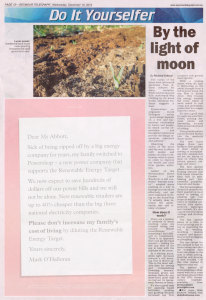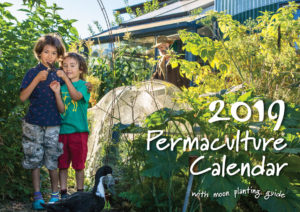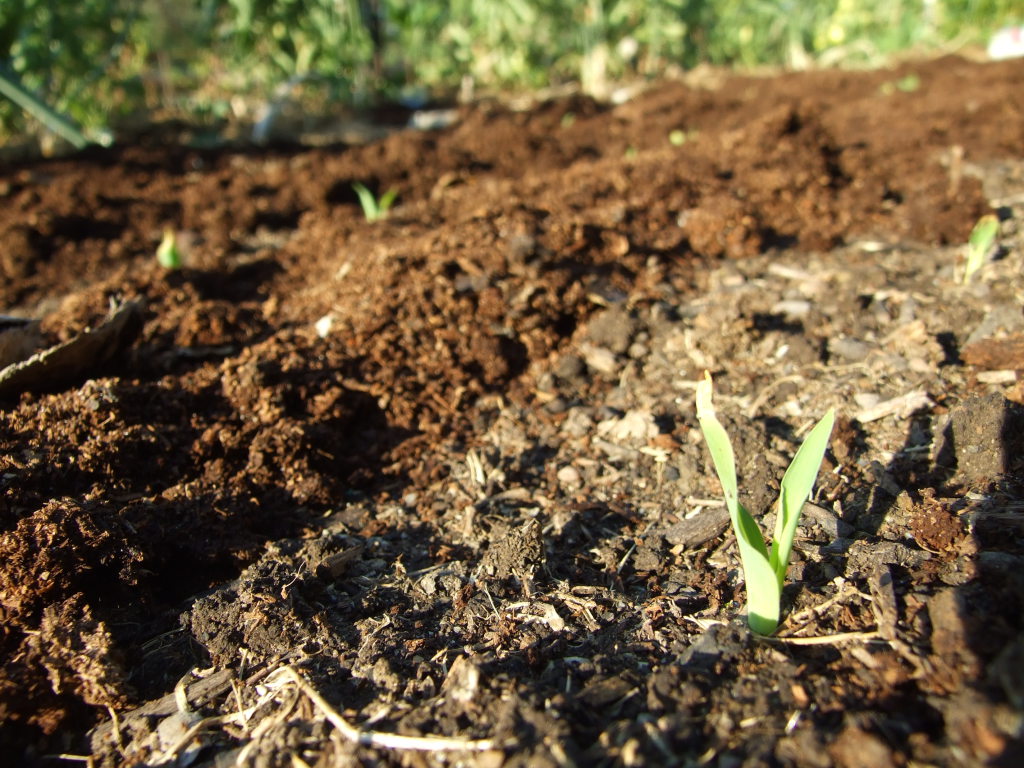What To Plant In The Garden With A Waning Moon

 Principle 1: Observe and interact
Principle 1: Observe and interact
Do it Yourselfer #6
The cycles of the moon have influenced gardeners from diverse cultures over many centuries. While science may not fully understand why planting by the moon works, anecdotal evidence suggests that it does.
Permaculture co-originator David Holmgren's writes "good design depends on a free and harmonious relationship to nature and people, in which careful observation and thoughtful interaction provide the design inspiration, repertoire and patterns."
Observing the cycles of the moon and the way that it affects both people and plants can help to determine when to plant in order to improve our health and yield from our garden activities.
Author of the Permaculture Home Garden Linda Woodrow, a self confessed 'extreme sceptic', adopted moon planting as a way to manage her time more effectively and get more organised. In doing so she found that "it actually does increase the germination rate and vitality of plants".
How does it work?
There are a number of methods of moon planting, some are complex taking into account far off constellations – something that I find difficult to comprehend. There is an approach that I've found I can get my head around. Linking the ebb and flow of the sap in tune with the rhythms of the moon.
In a waxing moon, when light increases towards a full moon, sap flow is drawn up. This is the most suitable time for sowing and transplanting flowering annuals, biennials, grains and melons. Basically any short lived plant that we want to harvest its leaves, seed, flowers or fruits. It's also a good time for applying liquid fertilisers, pruning and grafting as increased sap flow produces new growth more quickly.
With an waning moon, when the light is decreasing as the moon changes from a full to a new moon, the sap flow is drawn down. This focuses the energy towards the roots, which is more suited to root crops and perennials, plants that live longer than two years. It's also a good time for applying solid fertilisers, pruning dormant plants and harvesting, as there is less likelihood of rotting.
This general pattern can be divided further into the quarterly moon cycles.
![]()
The new moon phase (from new moon to first quarter) is most suited to sowing or transplanting leafy annuals, where we value or eat the leaves or stem. Plants like lettuce, spinach, cabbage and celery.
The first quarter phase is most suited to fruiting annuals (not fruit trees) where we value or eat the fruit or seed bearing part of the plant. Like tomatoes, pumpkins, broccoli and beans.
The full moon phase (from full moon to the third quarter) is most suited to sowing or planting out root crops as well as decorative or fruiting perennials. Like apples, potatoes asparagus and rhubarb. It's also a good time for taking cuttings and dividing plants.

The last quarter phase is a time to avoid planting and focus on improving the soil, by weeding, mulching, making compost and manure teas as well as digging or ploughing.
The one caveat for this method is that 12 hours before and after the transition time from one phase to the next is when sowing, planting and pruning is best avoided. Use this time instead to improve your soil.
This method of moon planting is illustrated with daily icons and moon phase times in the Permaculture Calendar.
Is moon planting scientific?
Author Lyn Bagnall, who was consulted in the development of the guide for the calendar, has written the article Does moon planting work? to addresses this question. She followed this up with another short article which shows an experiment where she plants leafy green seeds during the incorrect and correct moon phases with some interesting results.
If you've come across research that demonstrates the success or otherwise of moon planting please share.
What To Plant In The Garden With A Waning Moon
Source: https://permacultureprinciples.com/post/planting-by-the-moon/
Posted by: vogtrawn1970.blogspot.com


0 Response to "What To Plant In The Garden With A Waning Moon"
Post a Comment